The US EPA requires treated tap water to have a certain level of chlorine for disinfection and prevention of contamination. However, too much chlorine is unhealthy and unsafe to drink. According to the CDC, the presence of free chlorine, or residual chlorine, in drinking water indicates that a sufficient amount of chlorine was used initially to inactivate bacteria and viruses that cause disease. It also indicates that the water is protected from re-contamination during storage.
The allowable chlorine level in drinking water is up to 4ppm (parts per million), and this poses no known or expected health risks. More often than not, the level of residual chlorine is much lower than 4ppm.
Have you ever visited a water treatment plant? If not, you should! It’s pretty interesting to see all of the processes involved, and the steps taken to get you clean, safe water. You could even go armed with a few test strips (residual chlorine, nitrate, nitrite, pH, & hardness), and test the final stage water to see how accurate the levels are. But if you can’t get to the water treatment plant, or they won’t let you test the water, you can still perform these tests on your tap water at home.
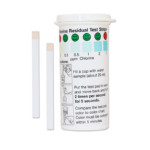 Water treatment plants use more advanced and more expensive methods of analyzing residual chlorine and other chemical levels in treated water; however, we’re going to use our Residual Chlorine Test Strips for this home experiment. They measure chlorine in increments of 0, 0.3, 0.5, 1, 2, and 5ppm. In addition, you will need a clean beaker or glass, and tap water. That’s it!
Water treatment plants use more advanced and more expensive methods of analyzing residual chlorine and other chemical levels in treated water; however, we’re going to use our Residual Chlorine Test Strips for this home experiment. They measure chlorine in increments of 0, 0.3, 0.5, 1, 2, and 5ppm. In addition, you will need a clean beaker or glass, and tap water. That’s it!
Fill your beaker or glass with a tap water sample, about 20mL. When you turn on the tap, let it run for a few seconds before filling the glass. Now, dip a Residual Chlorine Test Strip into the water, and move it back and forth 2 times per second for 5 seconds. Remove the test strip and compare it to the included color chart. What result do you get?
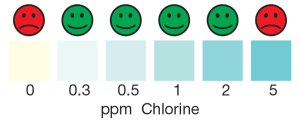
The chlorine in drinking water kills off bacteria and viruses that cause diarrheal disease. If you also test your tap water for potential contaminants using one of our NUT/MAC Dipslides, you will not get any growth.
Going Further
If you want to take this experiment a step further and perform other tests, such as Hardness, pH, Nitrate and Nitrite, arm yourself with a few more test strips! You will need a separate water sample for each test you wish to perform. This table from the EPA describes acceptable levels of disinfectants, chemicals, and so on. The value mg/L is the same as ppm.
In the table, you will find the acceptable limit for Nitrate is 10 mg/L, and the acceptable limit for Nitrite is 1 mg/L. Try using our combination Nitrate/Nitrite test strip to determine the levels in your tap water. Do they fall within the limit?
Do you live in an area with hard water? What is the hardness level in your tap water? How about the pH level? Is it close to neutral (pH 7)? Have fun experimenting with different tests and checking your tap water. Record all of your results in your laboratory notebook.


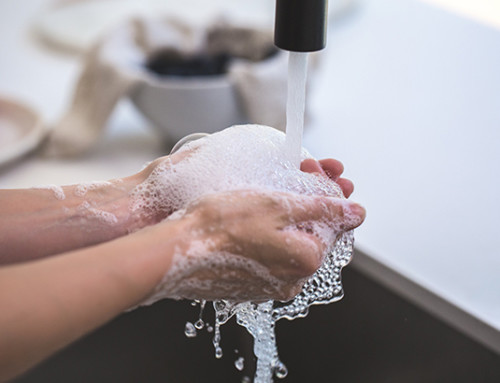
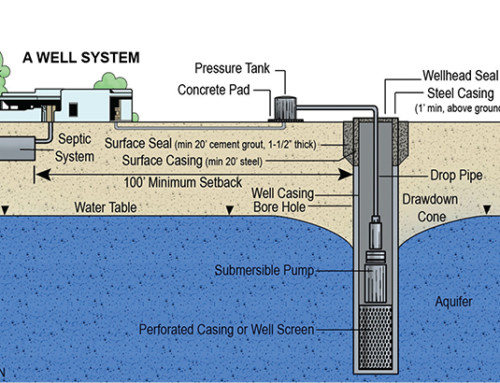
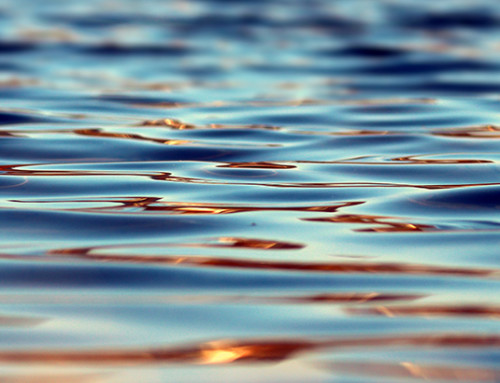
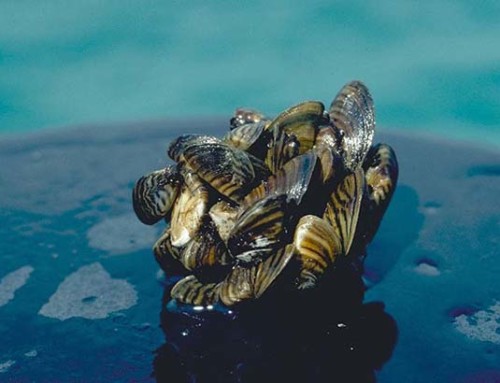
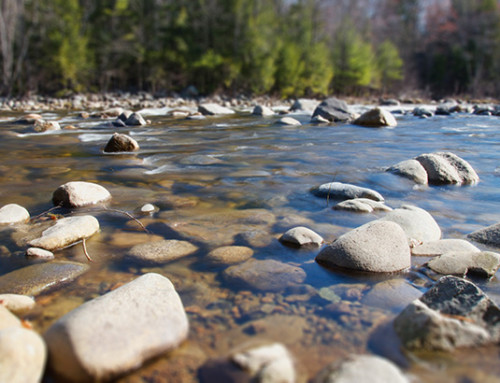
Leave A Comment